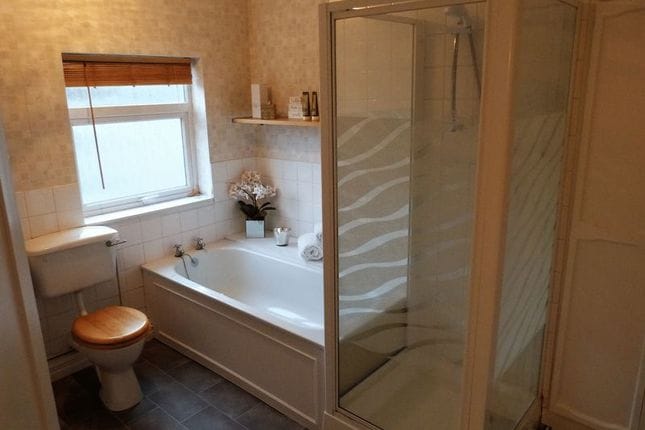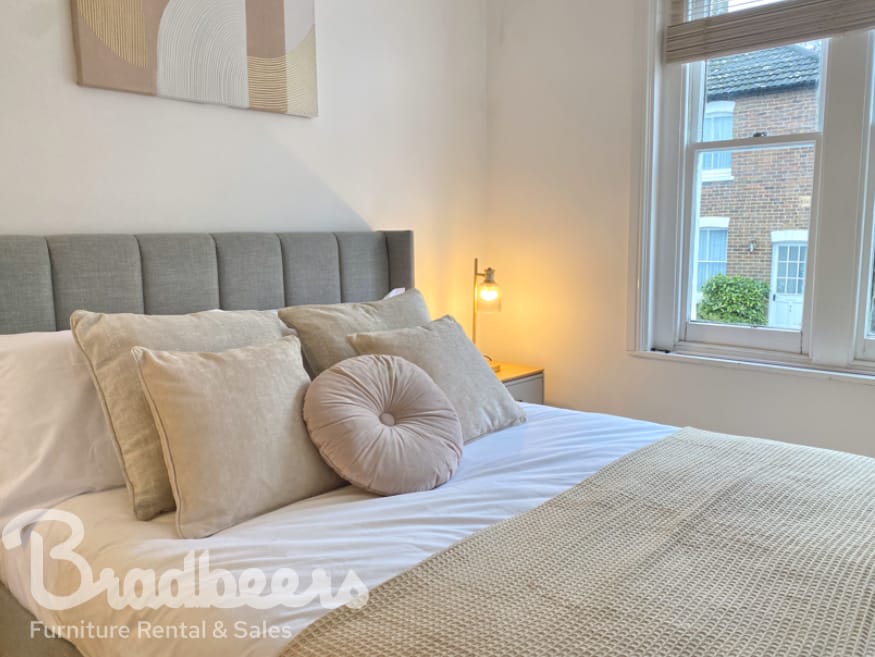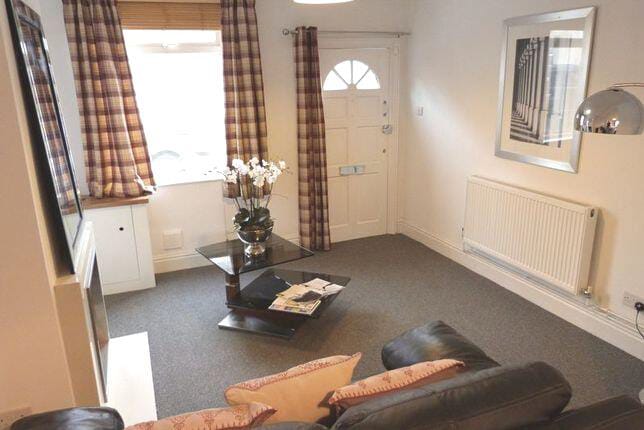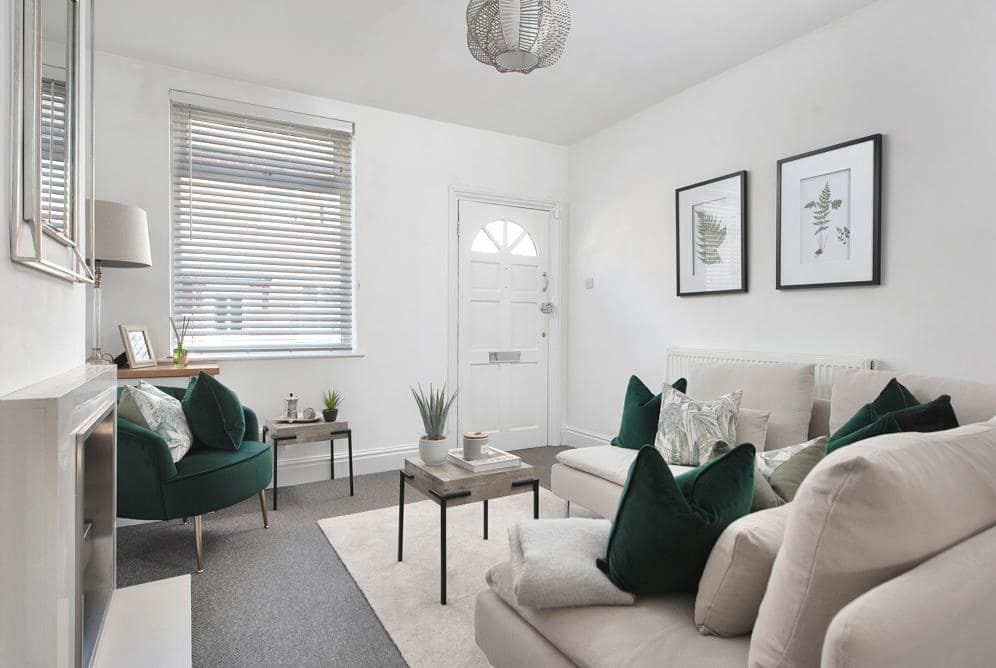First impressions matter, and when it comes to selling a home, they can significantly impact both how quickly it sells and how much it sells for. That’s why I strongly advocate home staging as a key marketing tool for any property sale.
But what is home staging and how to make the best use of it?


Unlike interior design, which is an expression of personal taste and creativity, home staging is a strategic approach focused on showcasing your property’s best features and helping buyers visualise themselves living in it. It’s a marketing technique designed to appeal to a wide audience, creating a neutral yet aspirational look that highlights the space’s full potential.
It’s a bit like putting on your best suit or dress to attend a job interview. Although the recruiter will easily guess this is not the way you dress everyday, it will still send the right message that you want to look your best because you care about their interest.


For vacant properties or homes that need a refreshed look, hiring furniture and accessories for staging can make a dramatic difference. This is what a company like Bradbeers Furniture Rental & Sales have specialised in. Empty rooms feel cold and smaller than they are, while a professionally staged space creates warmth, flow, and a sense of lifestyle that resonates emotionally with buyers.
Home stagers I have talked to are all great listeners, their work is their passion. They love paying attention to details and providing a taylored experience. Feedbacks like the following one left by a customer of Bradbeers should be the norm: “Absolutely blown away by the 1st class service that my family and I have received from Bradbeers furniture rental. From the first initial phone conversation and enquiry, up until the final piece of furniture was put into place, this service was first class from start to finish!“

In this post, you’ll see examples of powerful before-and-after transformations where cluttered rooms become inviting, stylish spaces ready to impress potential buyers. This kind of staging helps buyers connect with the property emotionally and increases its perceived value—often resulting in faster offers and higher sale prices.
Although home staging can look like throwing new and stylish furniture in the rooms, its real value lies in the preparation and reflections behind the scene to anticipate how potential buyers will see the house. A converted barn listed by a partner agent had its dining room three rooms away from the kitchen, while the family room was just next to it. In that case, home staging could be anticipating that most viewers might question the distance between the kitchen and the dining room and simply swapping the two rooms for a more ‘logical’ flow.


In her book “Sell High, Sell Fast“, Elaine Penhaul – founder of Lemon and Lime Interiors – explains perfectly how home staging is the outcome of a combination of steps that lead to a house that will attract the targeted buyers and make the most of the initial buzz that comes with a property recently just launched on the market.
The 7 steps she recommends are part of her ‘ADDRESS‘ system: Assess, De-clutter, Decorate, Re-imagine, Emphasize, Stage and Sell. While seeking professional help will speed things up, it’s all about preparation and also accepting the change that is about to come.


No one better than you – as the homeowner – will be able to gauge the emotional impact making change to your home will have on you and the rest of your family. Recommendation is to start anywhere between 3 to 6 months from the expected date for the exchange of contracts.
Teaming up with the right estate agent will give you the upper hand with the crucial part of the preparation process which is to profile the potential buyers. If there is one key skill to look for in an estate agent, it would be that he or she needs to be a marketer on a mission to maximise your home’s value.
Someone who will understand the importance of knowing who you are targeting based on the potential and features of your house, someone who will be an active listener and value you sharing where you are coming from and what your goals are, someone will work with you to elaborate a personalized marketing strategy.


Home staging as a tool is often questioned by sellers who try to keep costs down to a minimum. It is not easy to switch one’s mindset from ‘spending’ to ‘return on investment‘, especially for something so personal as a house we’ve lived in for many years. But this is exactly what developers have done and taken to an extreme turning every first home they build into a show home to convince people to buy houses that are not even built yet.
As a matter of fact, if you want to stage your house on your own but don’t know where to start, or want an example of home staging at its best, I always advise to go to the developments being built next to where you live and visit their show homes.


Nietta Fox – owner of Aston & Fox Property Staging – stresses out how “staging helps a potential buyer form an emotional connection to the property, helping them envision the space as their future, rather than a piece of real estate simply vying for the highest bidder.”
It is a similar process as building rapport with people but this time with a property. In a similar fashion, home staging focuses strongly on the visual appeal but experienced home stagers will also pay attention to other factors such as smells, which on occasion will play a vital part in the buying process. Nicotine, pets and dirt accumulated over decades can put off the most decided buyer while a well vented house, the smell of freshly baked cake or coffee will leave a positive mark on their viewing experience.


Home staging as a marketing tool – and not as an art – is practiced with measures in mind. Its main goal is to draw the maximum number of offers in the shortest amount of time. In the most successful cases, it can lead to a bidding war that could push offers beyond the guide price. If you plan on working with a professional home staging company, ask them to share their success stories.
They should be share numerous examples. Like this house initially valued at £170,000 which then received its first offer within 5 hours after being put on the market at the new asking price of £195,000, while the home staging – including re-decorating – for the whole house only cost £10,000. This is the Alma Street case study provided by Lemon and Lime Interiors.


On the other hand, the circumstances leading to a sale are not all either planned or positive. It can mean that not everyone has had the luxury of saving money in anticipation of the immediate costs associated with the sale of a home, from hiring skips to removals.
Thankfully, most home staging companies are able to offer the option of payment on completion, in the same way estate agents operate. So this should give you the peace of mind of going for home staging.
If you’re preparing to sell your home, whether vacant or lived-in, your home is stale, or believe your circumstances require special consideration, let’s talk about how the right marketing strategy used in conjunction with proven techniques such as home staging will allow you to maximise your home’s appeal and selling potential.
Wishing you a pleasant property journey!
References
- Aston & Fox Property Staging: https://astonfoxpropertystaging.co.uk/
- Bradbeers Furniture Rental & Sales: https://www.furniturerental.co.uk/
- Lemon & Limes Interiors: https://lemonandlimeinteriors.co.uk/
- “Sell High, Sell Fast” by Elaine Penhaul (ISBN: 1781334781 | On Amazon)
- Want to read further or find a home staging company in the UK: https://homestaging.org.uk/
Pingback: Can a House Name Boost Your Home’s Value? - LS Properties International